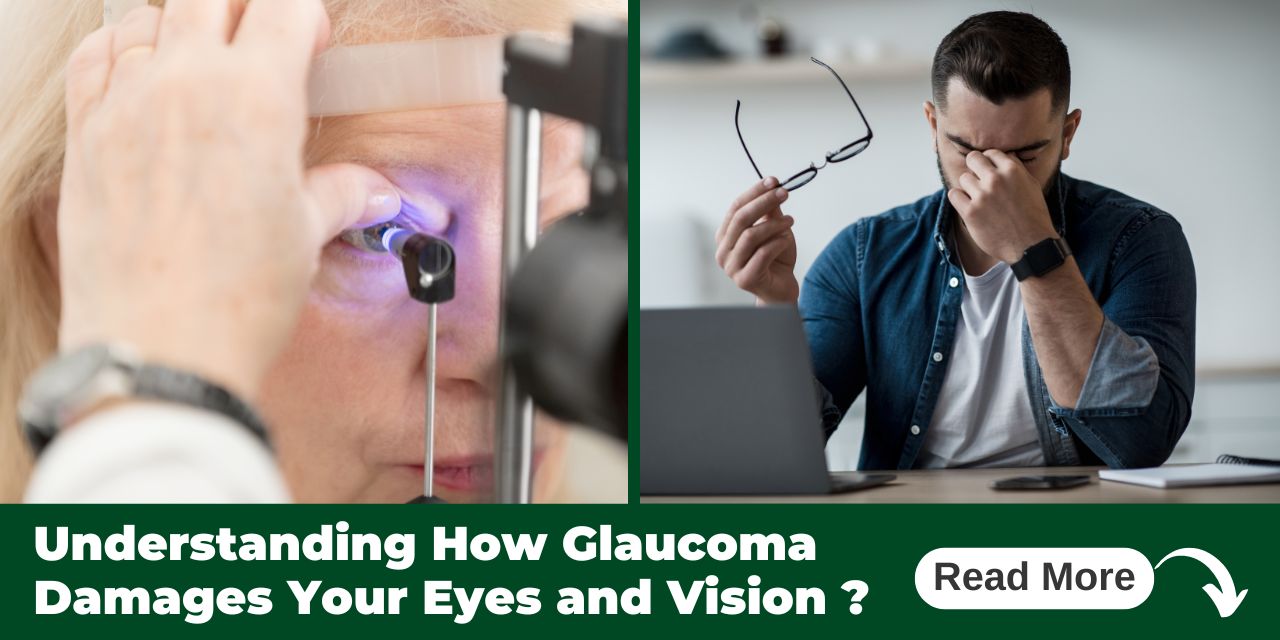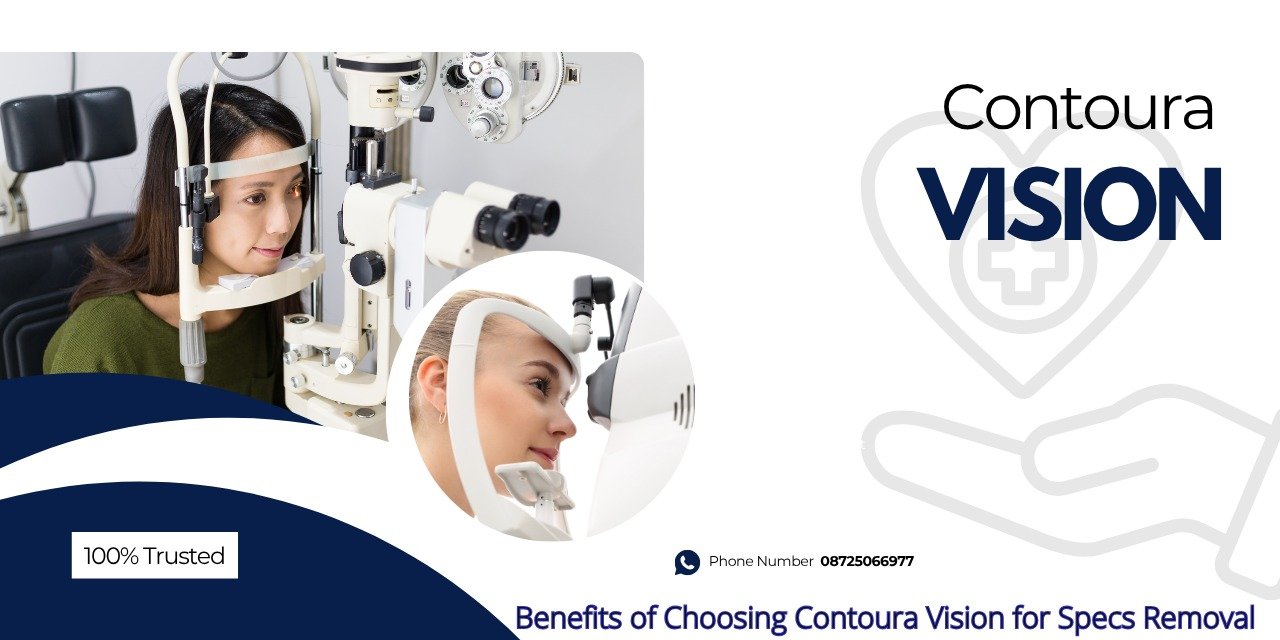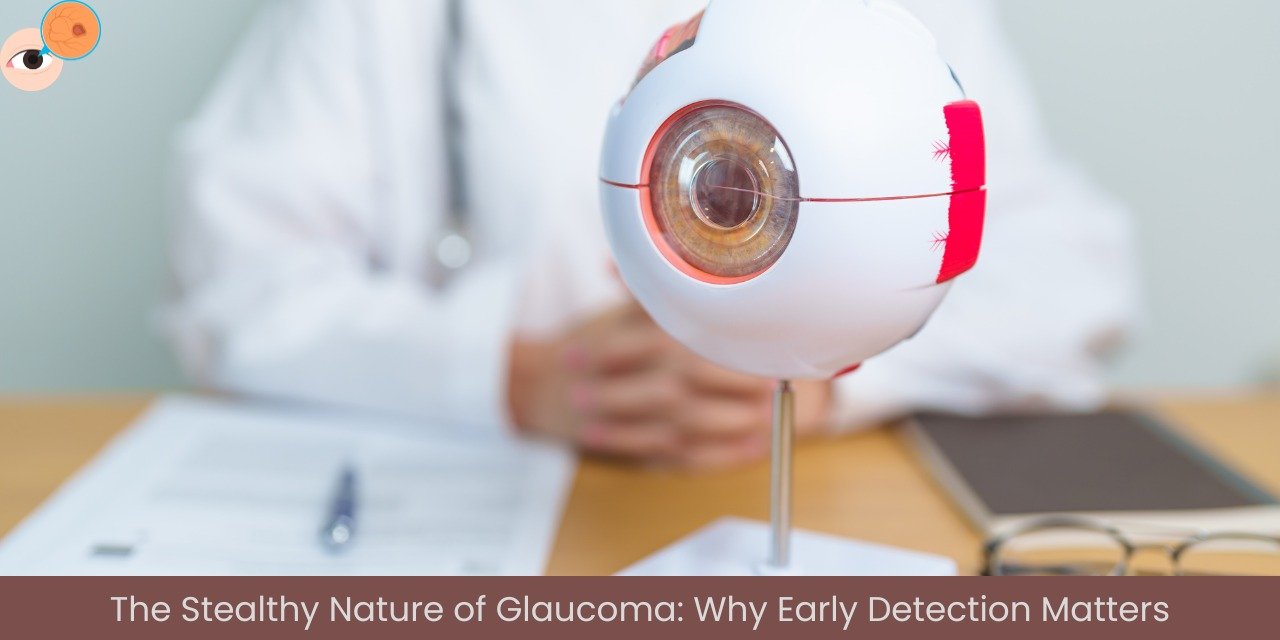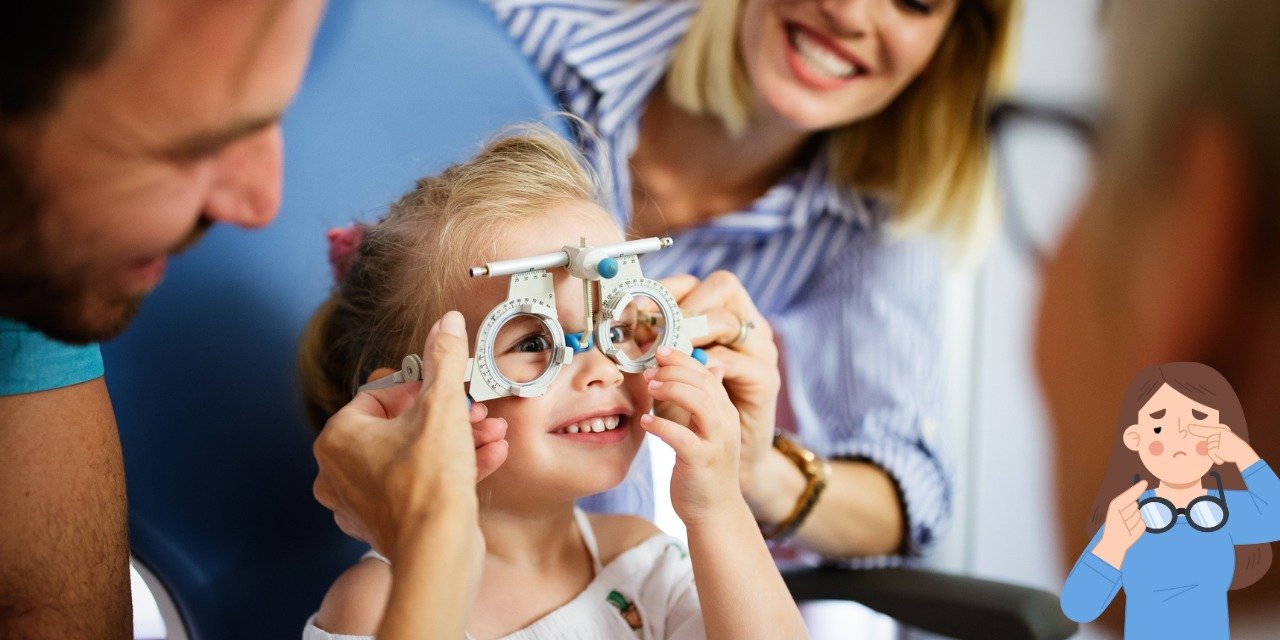Glaucoma is a group of eye diseases that can cause vision loss and blindness by damaging the optic nerve in the back of the eye. Early detection and treatment are crucial to prevent severe complications. To understand glaucoma better, let’s explore its, the early signs to watch for, and the causes.
Early Signs of Glaucoma
Recognizing the early signs of glaucoma is vital for prompt treatment:
➤Loss of Peripheral Vision: The earliest sign of glaucoma is often a gradual loss of peripheral vision, which may go unnoticed until significant vision loss has occurred.
➤Eye Pain or Pressure: Sudden eye pain, severe headache, or nausea may indicate acute angle-closure glaucoma, which is a medical emergency.
➤Blurred Vision: Blurring or haziness, especially during the early morning, can be a sign of increasing eye pressure.
➤Seeing Halos Around Lights: Halos or rainbow-colored circles around lights, particularly at night, can be another early indicator.
➤Redness in the Eye: Persistent redness in the eye may be a sign of chronic glaucoma or another eye condition that needs attention.
Causes of Glaucoma
Understanding the causes of glaucoma can help in prevention and early diagnosis:
➨ Increased Intraocular Pressure (IOP)
High eye pressure is the most common cause of damage to the optic nerve, leading to glaucoma. However, it’s not the only cause, as seen in normal-tension glaucoma.
➨ Family History
Genetics play a significant role in glaucoma. Individuals with a family history of the condition are at higher risk.
➨ Age
The risk of developing glaucoma increases with age, particularly after the age of 60.
➨ Medical Conditions
Conditions like diabetes, high blood pressure, and heart disease can increase the risk of glaucoma.
➨ Eye Injuries
Trauma to the eye can lead to secondary glaucoma by damaging the eye’s drainage system or increasing pressure inside the eye.
➨ Thin Corneas
People with thin central corneas are at higher risk for glaucoma.
➨ Use of Steroid Medications
Long-term use of corticosteroids can increase the risk of developing glaucoma.
Frequently Asked Questions
👉Can glaucoma be cured?
Glaucoma cannot be cured, but its progression can be managed with proper treatment to prevent further vision loss.
👉Is glaucoma only a concern for older people?
While age is a significant risk factor, glaucoma can affect people of all ages, including infants and young adults.
👉How often should I get tested for glaucoma?
Adults over 40 should get tested every 1-2 years, while those with a family history or other risk factors may need more frequent screenings.
👉What are the treatment options for glaucoma?
Treatment may include prescription eye drops, laser therapy, or surgery, depending on the type and severity of the condition.
👉Can lifestyle changes help manage glaucoma?
Yes, maintaining a healthy lifestyle, managing underlying conditions, and adhering to treatment can help control glaucoma.
For more information on glaucoma and eye treatment in Panchkula, visit AM Eye Hospital Panchkula, the Best eye hospital in Panchkula, where your vision health is a top priority.
Conclusion
Glaucoma is a complex and potentially blinding disease, but early detection and treatment can help preserve vision. Understanding the different types, recognizing the early signs, and knowing the causes are essential steps in preventing severe complications. If you experience any symptoms or have risk factors associated with glaucoma, it’s vital to consult a specialist.For those in Panchkula consult Dr. pradeep gupta at, AM Eye Hospital , known as the best glaucoma hospital in Panchkula, offers comprehensive eye treatment services. If you’re seeking expert eye treatment in Panchkula, AM Eye Hospital is your trusted partner in preserving your vision. To get more information please contact us on: +919418450221













